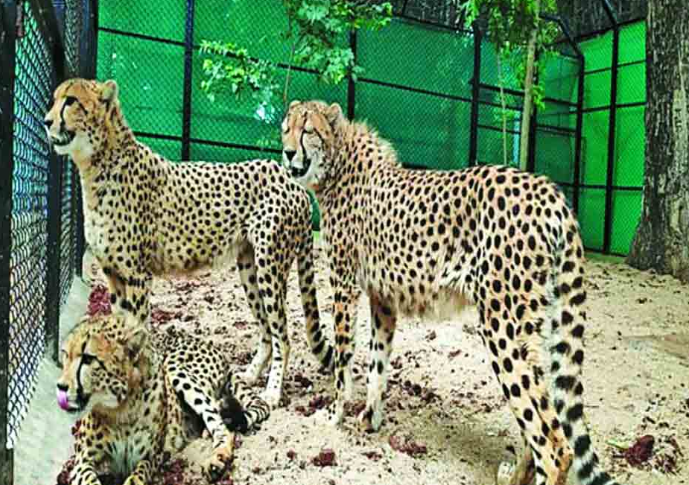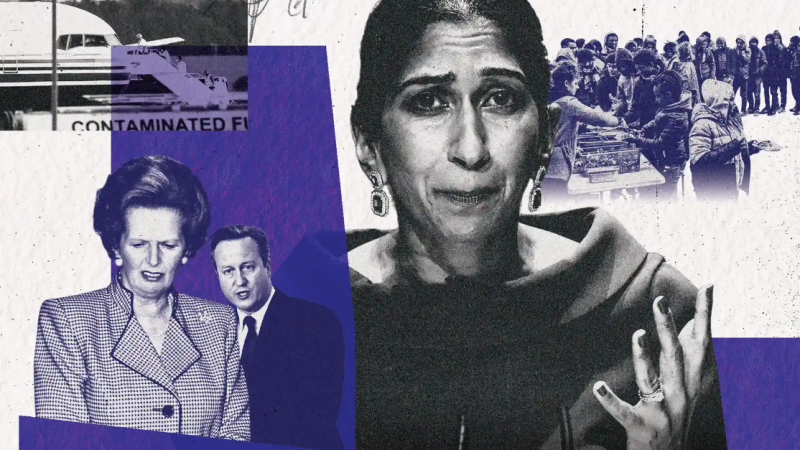The secret to protecting wild animals

The arrival of the African cheetahs in India earlier this month was met with much fanfare and political commotion. They are now being held in a contained location, but they will soon be released in the hopes that they would help the conservation efforts for India’s vulnerable and generally uncared-for grasslands. The introduction of these cheetahs, according to many wildlife conservationists, not only contradicts national conservation aims but will also not have the promised impact on preserving grasslands and open forest environments. A faster and more effective approach to save the grasslands, according to conservationists like Ravi Chellam, would be to stop classifying them as wastelands and remove them from the Wasteland Atlas of India. The result would be a more targeted conservation strategy for them.
But has the preservation of habitat always been the main factor in all choices pertaining to the conservation of wildlife? If so, why was the famed leatherback sea turtle nesting location at Galathea National Park on Great Nicobar Island denotified in 2021? According to the author and former National Board for Wildlife member Prerna Bindra, entire sanctuaries have been denotified and removed from India’s map in the name of development. The NITI Aayog, the government’s public policy think tank, proposed development plans for Great Nicobar at the same time as the Galathea National Park was denotified. According to Bindra, little thought was given to the leatherbacks’ alternative nesting locations after their original habitat was destroyed for a shipping project and how this might hasten the sharp drop in their population.
Keeping the Wild Safe
Given the dramatic decline in the number of leatherback turtles, protecting their habitats is of utmost importance. These are the biggest turtles in the world and the only ones of their kind that lack scales and have a hard shell. Leatherback turtles have existed in their current form since the time of the dinosaurs, and they got their name from their hard, rubbery skin. Due to their migratory nature, some leatherbacks travel over 10,000 kilometers annually between their breeding and feeding locations. The likelihood of these turtles surviving after making such a difficult voyage only to discover their nesting areas destroyed is slim.
The National Board for Animals (NBWL), a government agency created to safeguard wildlife, sanctuaries, and parks, shouldn’t have let this project proceed. Bindra points out that the NBWL allowed this to occur rather than using its authority and taking appropriate action.
Galathea National Park’s denotification could not be stopped, but a plan to denotify a wildlife sanctuary in Himachal Pradesh in order to build a cement factory was thwarted by a newspaper article written by renowned award-winning journalist Usha Rai.
Why Narratives Matter
Rai used her pen to prevent the extinction of wildlife for development purposes on other occasions as well.
The nation was shocked by Rai’s account of how the wealthy and powerful, including businessman Sameer Thapar, owner of JCT Mills in Phagwara, would fly in helicopters and shoot at wildlife in the Corbett National Park; the subject was even brought up in Parliament. Thapar was charged with violating environmental laws after he used a helicopter to land inside the Corbett Tiger Reserve, a designated protected area.
This fascinating book chronicles the fifty years of the Wildlife Protection Act of 1972 through the first-hand accounts of conservationists, government officials, award-winning environment and development journalists, photographers, biologists, ecologists, researchers, and environmental lawyers. It also includes other fascinating stories and revelations. This is what distinguishes the book Wildlife India @50 as a worthwhile read. This 517-page Rupa publication, edited by former Indian Forest Service officer Manoj Kumar Misra, weaves thirty personal accounts on the positive and negative aspects of wildlife protection and conservation policies and activities.
Champions of Conservation
It is a fact that laws cannot adequately protect animals on their own. The biggest advocate for conservation is probably an informed public. This has repeatedly been observed across the nation. In Arunachal Pradesh, the red panda, an endangered species located exclusively in the eastern Himalayas, may have gone extinct like cheetahs if it weren’t for the community’s dedication. Constructive community engagement has been successful not only in Arunachal Pradesh but also in Kerala. In Kerala’s Parambikulam Tiger Reserve, recognizing the value of utilizing community resources in planning and managing the conservation of wildlife habitats has paid off handsomely. Forest management needed to be inclusive and participatory in order to continue protecting wildlife habitats. For the first time, the Reserve’s employees, local forestry students, biologists, naturalists, photographers, and members of the tribal community were all involved in determining which areas were to be designated as buffer zones.
India’s human vulnerability has been highlighted in the sixth assessment report of the Intergovernmental Panel on Climate Change (IPCC). India’s delicate ecosystem and wildlife are suffering from a double blow caused by climate change and a “development-at-any-cost” mentality.





